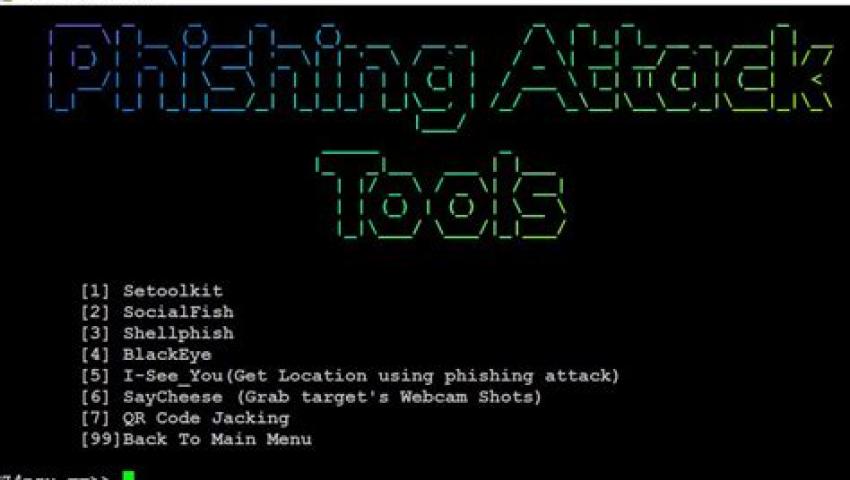
Top 10 Penetration Testing Tools Every Ethical Hacker Should Know
Penetration testing (pentesting) is an essential practice in cybersecurity where ethical hackers simulate real-world cyberattacks to identify vulnerabilities in systems, applications, and networks. Choosing the right tools can greatly enhance the effectiveness of these tests.
Below are the top 10 penetration testing tools that every ethical hacker, from beginners to experienced professionals, should consider:
1. Nmap (Network Mapper)
Nmap is a versatile network scanning tool used to discover hosts, services, and vulnerabilities within a network. It helps in mapping the network and identifying open ports, which can reveal potential entry points for attackers. Example Use Case: A security professional can use Nmap to scan a company's network for open ports, identify the devices connected, and check for outdated software versions that might be vulnerable.
2. Metasploit Framework
Metasploit is one of the most popular and comprehensive penetration testing frameworks. It provides a suite of tools for conducting various types of attacks and testing exploits. Example Use Case: If a company’s web application has an unpatched vulnerability, Metasploit can simulate an exploit to see if unauthorized access is possible. It helps security teams validate the effectiveness of their defenses.
3. Wireshark
Wireshark is a network protocol analyzer that captures and examines data packets transmitted across a network in real-time. It helps in identifying suspicious traffic patterns or anomalies. Example Use Case: During a pentest, an ethical hacker might use Wireshark to monitor network traffic and detect unauthorized access attempts or potential data exfiltration.
4. Burp Suite
Burp Suite is an integrated platform for performing web application security testing. It includes various tools like a proxy server, web crawler, and vulnerability scanner. Example Use Case: A security analyst can use Burp Suite to intercept and analyze HTTP requests between a client and server, enabling them to find flaws such as SQL injection and cross-site scripting (XSS).
5. Nessus
Nessus is a vulnerability scanner that helps identify security weaknesses by running automated scans on networks, systems, and web applications. It covers a wide range of potential vulnerabilities, including outdated software and misconfigurations. Example Use Case: Before a full pentest, Nessus can be used to perform a comprehensive scan of the infrastructure, listing potential vulnerabilities that need manual verification.
6. John the Ripper
John the Ripper is a popular password-cracking tool that helps test the strength of passwords by attempting to crack hashed passwords using dictionary and brute-force attacks. Example Use Case: A penetration tester can use John the Ripper to assess the strength of passwords in a company's user database, identifying weak or easily guessable passwords that need to be improved.
7. SQLMap
SQLMap is an open-source tool designed to automate the detection and exploitation of SQL injection vulnerabilities in web applications. Example Use Case: If a company's web application accepts user inputs in its search fields, SQLMap can be used to test if those inputs can be manipulated to gain unauthorized access to the backend database.
8. Hydra
Hydra is a parallelized password-cracking tool that supports numerous protocols, such as SSH, FTP, and HTTP. It is used to perform brute-force attacks on login pages. Example Use Case: An ethical hacker might use Hydra to test the security of an admin login page by attempting to brute-force various username and password combinations, checking if weak credentials are being used.
9. OWASP ZAP (Zed Attack Proxy)
OWASP ZAP is an open-source web application security scanner maintained by the Open Web Application Security Project (OWASP). It helps in finding vulnerabilities in web applications. Example Use Case: During a security assessment of a website, OWASP ZAP can be used to automate the detection of common web vulnerabilities like XSS and SQL injection.
10. Ettercap
Ettercap is a comprehensive suite for conducting man-in-the-middle (MITM) attacks. It is used to intercept, manipulate, and inject traffic between two parties in a network. Example Use Case: A penetration tester might use Ettercap in a controlled environment to demonstrate the risks of unsecured network traffic by intercepting login credentials transmitted over HTTP.
Why These Tools Are Essential
Using these tools effectively helps identify security gaps that malicious hackers could exploit. For example, tools like Nmap and Wireshark are invaluable for initial reconnaissance and network analysis, providing an overview of the attack surface. Vulnerability scanners like Nessus help automate the detection of common weaknesses, while exploitation frameworks like Metasploit allow for testing and validating the impact of these vulnerabilities.
Together, this toolkit forms the backbone of a penetration tester’s arsenal, enabling them to perform thorough security assessments and helping organizations proactively secure their systems against cyber threats.
Alex Ananenko
Leave a comment
Your email address will not be published. Required fields are marked *


